Calpe
is one of the most beautiful villages of the Costa Blanca, located in the north of the province of Alicante (between Altea and Moraira), which has the Mediterranean seal more than verified, with its beaches, one of the strongest gastronomic identities of all the region, historical sites and the great rock of Ifach.
It is a town with a warm climate (almost as hot as Benidorm) and its beaches are of fine sand and crystal clear water, so it is not surprising that it is the holiday destination of many national and international tourists.
1. PEÑÓN DE IFACH
The Peñón de Ifach is the sign of the village in front of the Mediterranean Sea. It has a height of 332 meters, its fauna and marine area have been declared a national park, there is a route that leads from the foot of the rock to the top. The first section is a path that passes through the Pobla d’Ifach, a medieval settlement from the 13th century, arriving at the Interpretation Centre of the Peñón d’Ifach, where we will find information and curious data about the vegetation and fauna of the natural park, from there we follow the path that takes us to the tunnel where the strong ascent already begins, we must be careful with the second final section because it is not at all easy and depending on the age of the adventurous it can even be dangerous.
The origin of the word Calpe means “rock”, and Ifach means “of the north”. The footwear must be appropriate for the occasion, it is necessary to walk with caution, but it is worth it, we will enjoy some views to Calpe and the beautiful sea
LAS SALINAS
Salinas de Calpe In the center of the village, there are several saltwater lagoons where you can observe flamingos. There are also storks, herons and ducks. Historically, its salt has been used to preserve fish. At present it is a protected natural area:
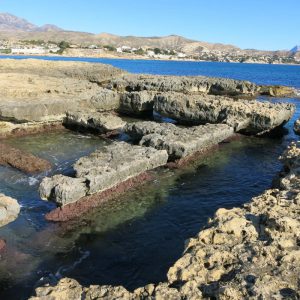
THE BATHS OF THE REINA
Baños de la Reina
On Calpe beach there is a Roman site called Los Baños de la Reina. It is said that these Roman ruins within the sea were some fish farms of the queen of the Roman era, it is also said that it was simply a small private pond (also of the Queen, of course).
Just next to the Queen’s Baths we can find the old Roman Thermal Baths
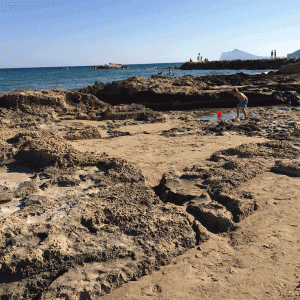
Molí del Morelló, which was an Arab windmill.

ECOLOGICAL WALK PRINCE OF ASTURIAS
Rounding the Rock, we find this walk so beautiful that gives us magnificent views of the Mediterranean, and the rock from another angle. It is a very pleasant road that starts from the port of Calpe, passes through the Rock and ends at the Cala del Racó. Paseo ecologico Príncipe de Asturias

EL PUERTO
This area of the village concentrates much of the magic of Calpe. The fishing tradition is something that the habitants of the village have deeply rooted and is part of its historical heritage. The fish auction in the port marketThe fish auction in the market is the historical event that defines the gastronomy of the town, it is something worth to see (Monday to Friday 5:00 pm)

.Lonja del puerto de CalpeThe boats unload the goods in boxes that are deposited on a conveyor belt that carries the fish in front of potential buyers, who with a command are bidding for the pieces. It is not a coincidence that next to the fish market there are a good number of first-rate restaurants that stock up on fresh fish that arrive at the port, so if you are in Calpe and don’t know where to eat, don’t hesitate to stop by this area to sample the unbeatable Mediterranean fishing gastronomy.the old town helmet welcomes the 15th century walls to this historic area.
Next to the walls we can contemplate the Torreón de la Peça, a defense tower of the time.
In the historic centre of Calpe we can find several cultural and historical buildings to visit:
The Contemporary Art Gallery in the Ajuntament Vell
La Ermita de San Salvador (18th century)
The Church of Nuestra Señora de las Nievas (20th century)
Collecting Museum
The house of the Senyoreta (archaeological museum)
Museum Fester
Paso urbano Forat de la Mar
LA CALA DEL RACÓCala el Racó
This beach is right at the foot of the Peñón d’Ifach, with its crystal-clear water, is a cove that many divers appreciate for its great wealth of marine fauna. In fact, it is the only beach in the Valencian Community that has an underwater route signposted with underwater panels that indicate the way to follow.
THE CALPE-BENISSA ‘ECOLOGICAL’ WALK
There is a path of about 9 kilometers between Calpe and Benissa that is drawn by the coast itself. A beautiful path without difficulty that is divided into the southern section (the coves of Calpe) and the northern section (those of Benissa).

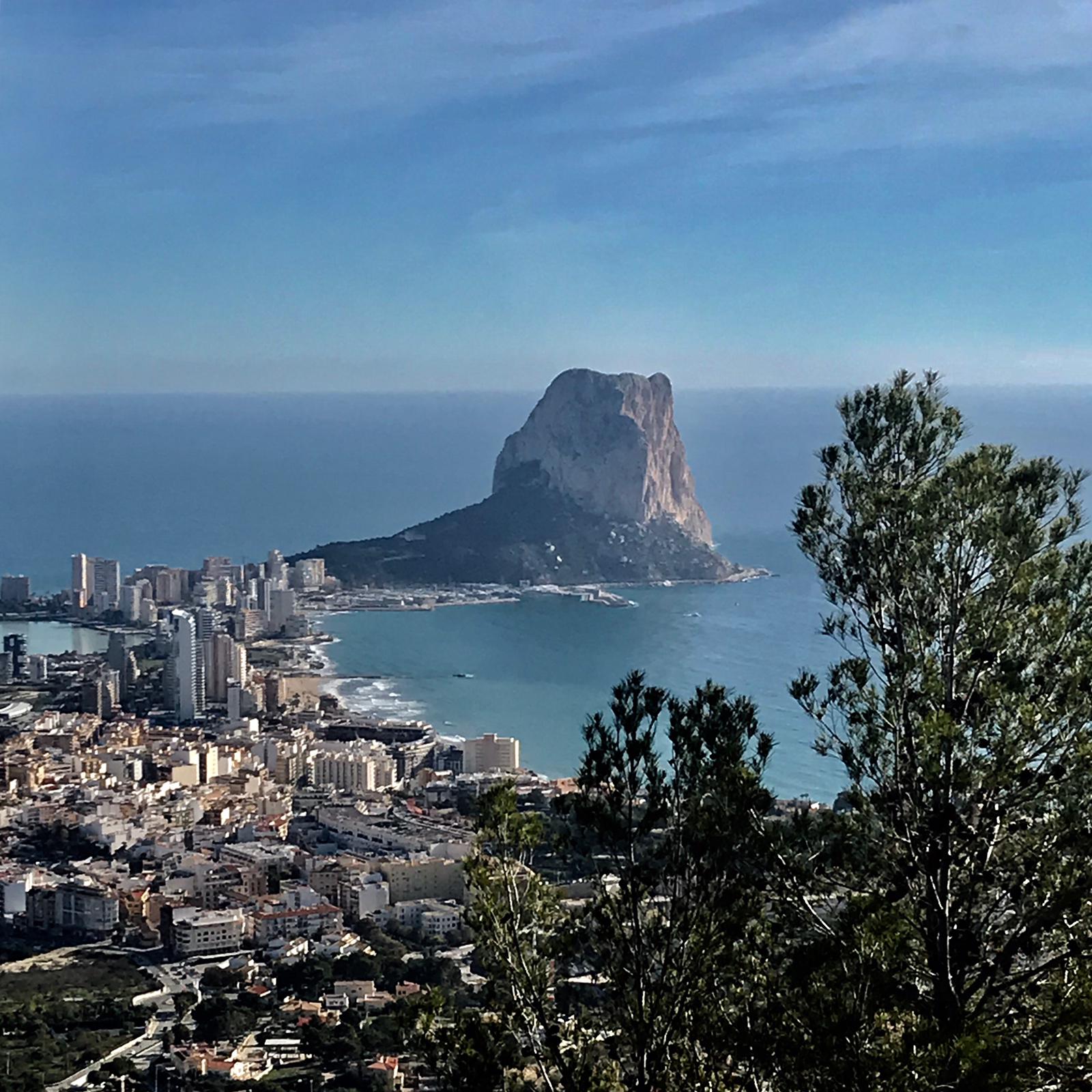

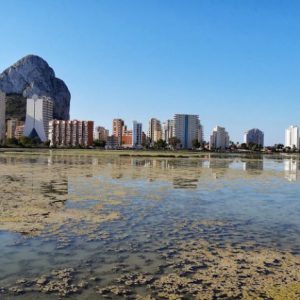
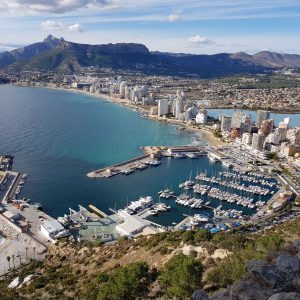

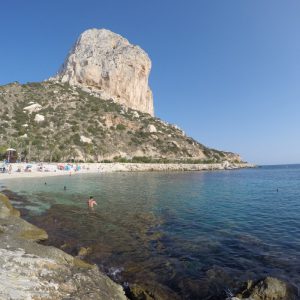
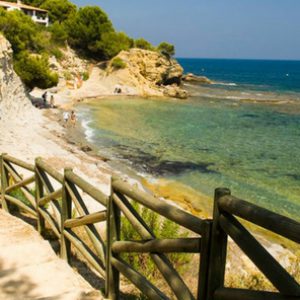


Comment (0)